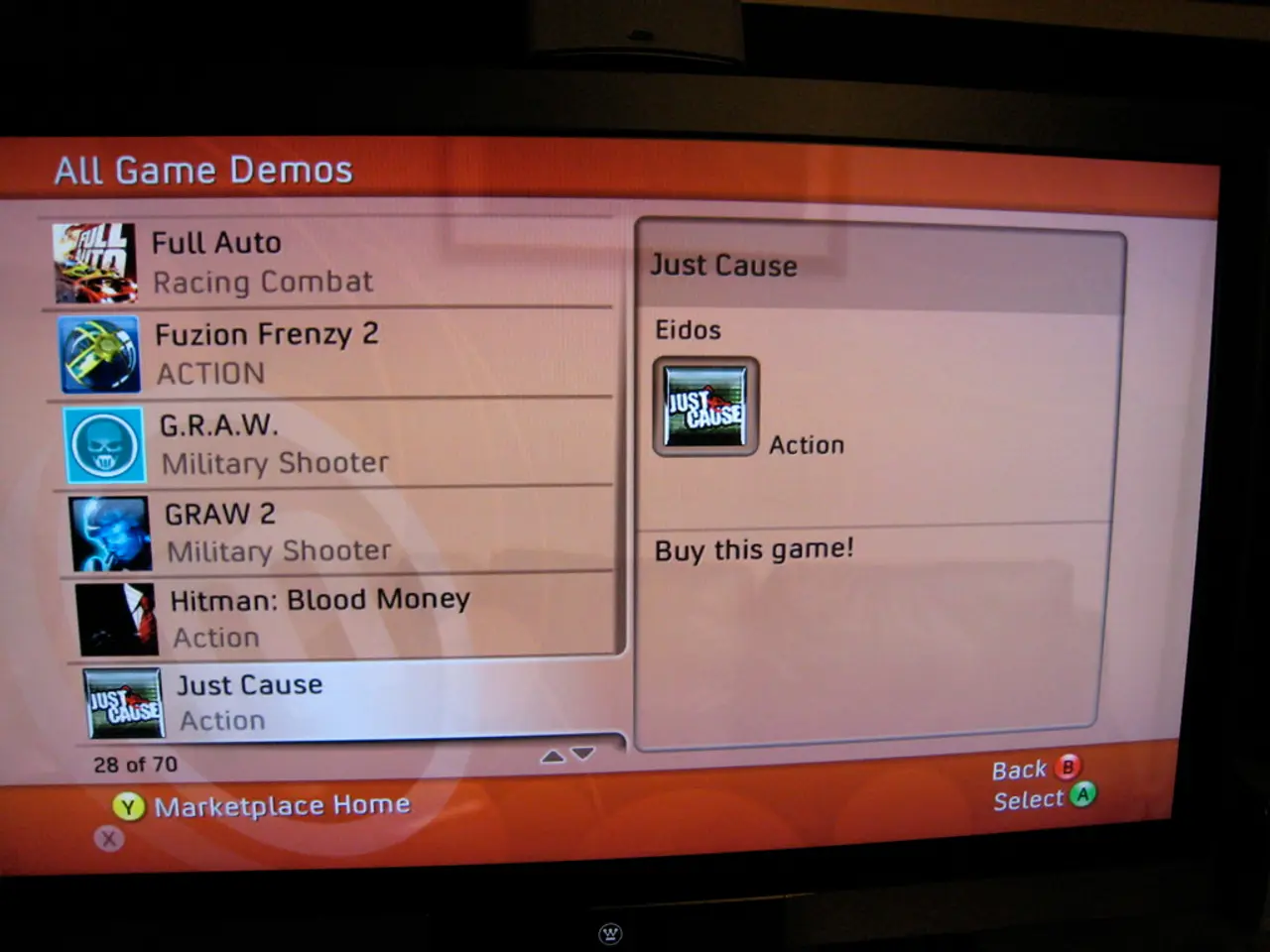Businesses Bracing for 2024: Comparing iPhone and Android Users' Impact
In the dynamic world of mobile technology, two operating systems dominate the market: iOS and Android. While Android devices hold a larger global market share, the revenue generated by iOS applications significantly outweighs that of Android. Here's a comprehensive comparison of iOS and Android user demographics, spending habits, and market share.
**Income**
iPhone users tend to have higher incomes, with an average annual income of around USD 53,251, compared to Android users who earn an average of USD 37,040.
**Spending Habits**
iOS users spend more on apps, averaging USD 12.77 per app, compared to Android users who spend about USD 6.19 per app on average. By 2026, App Store consumer spending is projected to reach USD 161 billion, while Google Play’s spending is projected at USD 72 billion.
**Device Preferences and Market Share**
Globally, Android dominates with approximately 70% market share, while iOS holds around 29-30%. In developed regions such as North America, Europe, and Oceania, iPhones are more popular. In contrast, Android devices are preferred in developing regions like Asia, Africa, and South America.
The US market specifically favors iPhone, where it holds about 57-61% market share compared to Android’s 39-43%. Younger users (ages 18-34), especially Gen Z, prefer iPhones, attracted by the brand’s lifestyle appeal and ecosystem integration.
**Additional Notes on Device Preferences**
iOS runs exclusively on Apple devices, which tend to be premium-priced. Android, on the other hand, runs on devices from multiple manufacturers offering a wide range of prices, including many budget options. iPhone users typically demonstrate stronger brand loyalty and a preference for seamless integration with other Apple products.
**Summary Table**
| Aspect | iOS (iPhone) | Android | |-----------------------|------------------------------------------------|----------------------------------------------| | Average Income | Approx. USD 53,251 | Approx. USD 37,040 | | Average App Spending | USD 12.77 | USD 6.19 | | Global Market Share | About 29-30% | About 70% | | US Market Share | About 57-61% | About 39-43% | | Regional Preference | North America, Europe, Oceania | Asia, Africa, South America | | Younger Users | 44-58% prefer iPhone | 30-41% prefer Android | | Device Pricing | Premium only (Apple devices) | Wide range: budget to premium (many brands) | | Brand Loyalty | High | Moderate |
This analysis underscores how iOS generally appeals to higher-income, higher-spending users in developed markets, while Android leads in global volume driven by affordability and broader device availability. For businesses and developers, understanding these differences can significantly impact their strategies and choices.
If your target market primarily uses Android smartphones, it may be more profitable to develop an Android app. However, for those targeting higher-income demographics in developed regions, focusing on iOS could yield higher returns. As always, strong user and market research is crucial to making informed decisions about app development and business strategies.
Sources: [1] Statista [2] Statcounter [3] IDC [4] App Annie
- In the realm of mobile technology, the popularity of gadgets like smartphones is driven by operating systems such as iOS and Android, with the former being a preferred choice among users with higher incomes.
- In the world of apps, iOS users are noted for their higher spending habits, often investing more in individual apps compared to Android users, resulting in significant revenue for iOS software development.
- The market distribution for these two operating systems varies geographically, with Android dominating in developing regions while iOS is more popular in developed regions such as North America, Europe, and Oceania.
- For developers targeting budget-conscious users in global markets, Android gadgets and software development might be the better choice. However, to cater to higher-income demographics in developed regions, it may be more profitable to focus on iOS app development.




